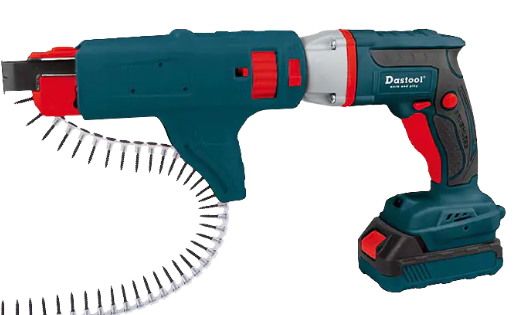Introduction In the realm of construction and DIY projects, having the right tools at your disposal can greatly enhance the efficiency and accuracy of your work. Among the essential tools for drilling through tough materials such as concrete, masonry, and metal, the electric hammer drill stands out as a powerful and versatile option. With its combination of rotary drilling and hammering action, the electric hammer drill has revolutionized the way tasks are accomplished in various industries. This article will delve into the features and applications of this remarkable tool, exploring how it has become an indispensable asset for professionals and DIY enthusiasts alike.
Features of the Electric Hammer Drill
Power and Performance One of the defining features of the electric hammer drill is its impressive power and performance. Equipped with a robust motor, the electric hammer drill can deliver high torque and rotation speed, allowing it to effortlessly drill through hard surfaces. The hammering action adds an extra dimension of force, enabling the drill to break through tough materials like concrete with ease. The power and performance of electric hammer drills are typically measured in terms of their wattage and rotations per minute (RPM), highlighting their ability to tackle demanding drilling tasks efficiently. Versatility in Operation Another key feature of the electric hammer drill is its versatility in operation. Many models offer adjustable settings to cater to a wide range of drilling needs. Users can opt for pure rotary drilling when working with softer materials or switch to the hammer drilling mode for tougher surfaces. Some electric hammer drills even have a dedicated chiseling mode, allowing users to remove excess material or break through walls and floors. This versatility makes the electric hammer drill a suitable tool for various applications, from installing fixtures and driving anchors to demolishing structures and creating openings for utilities.



